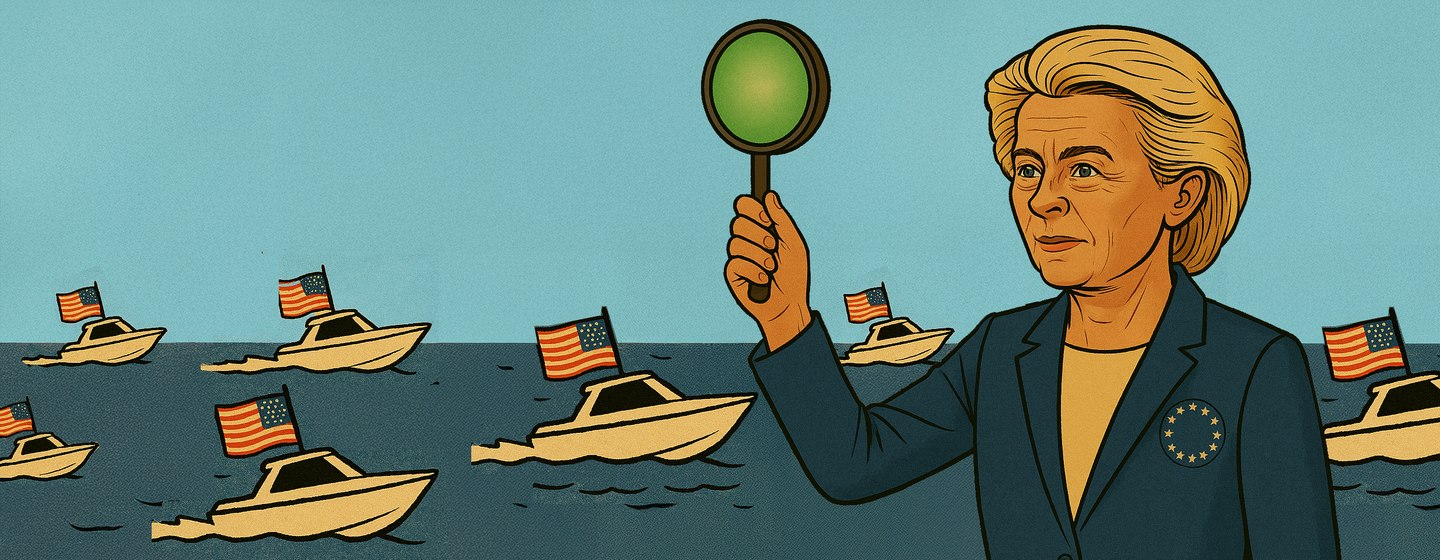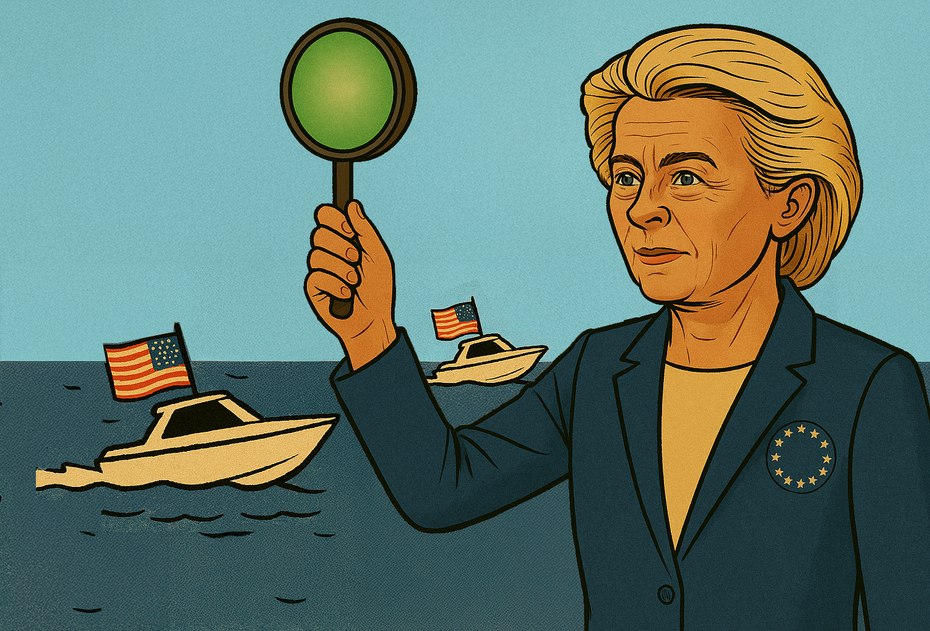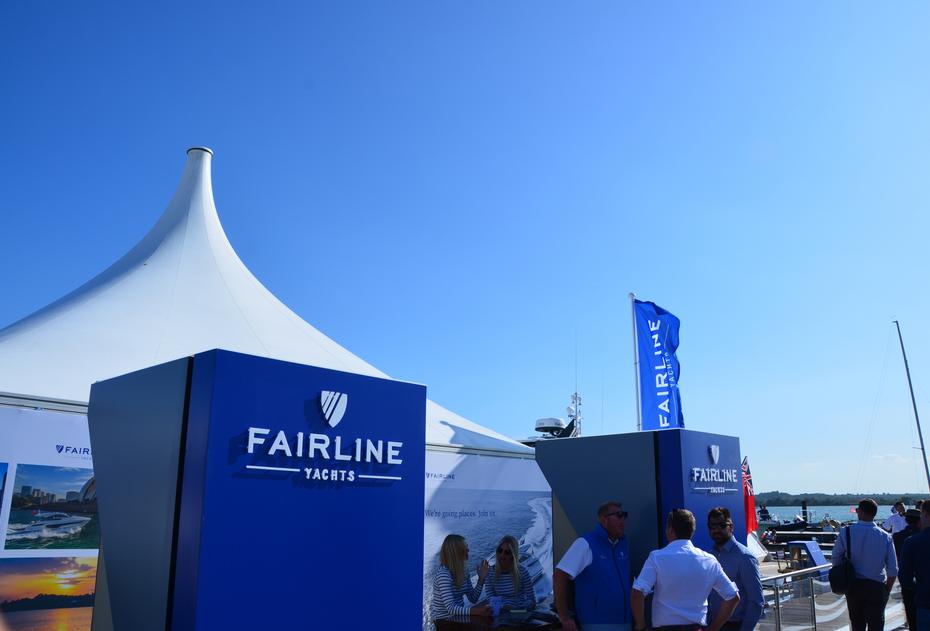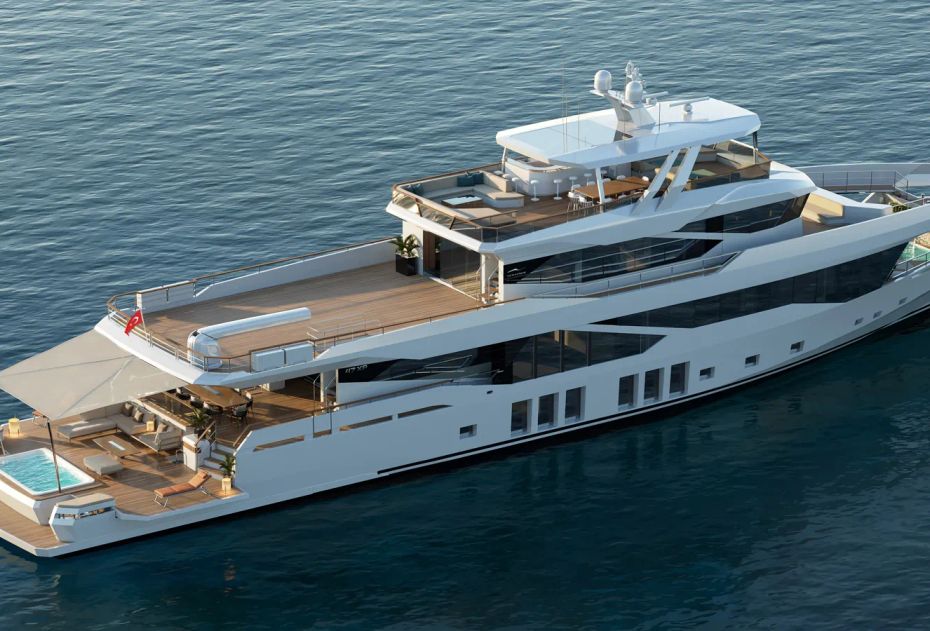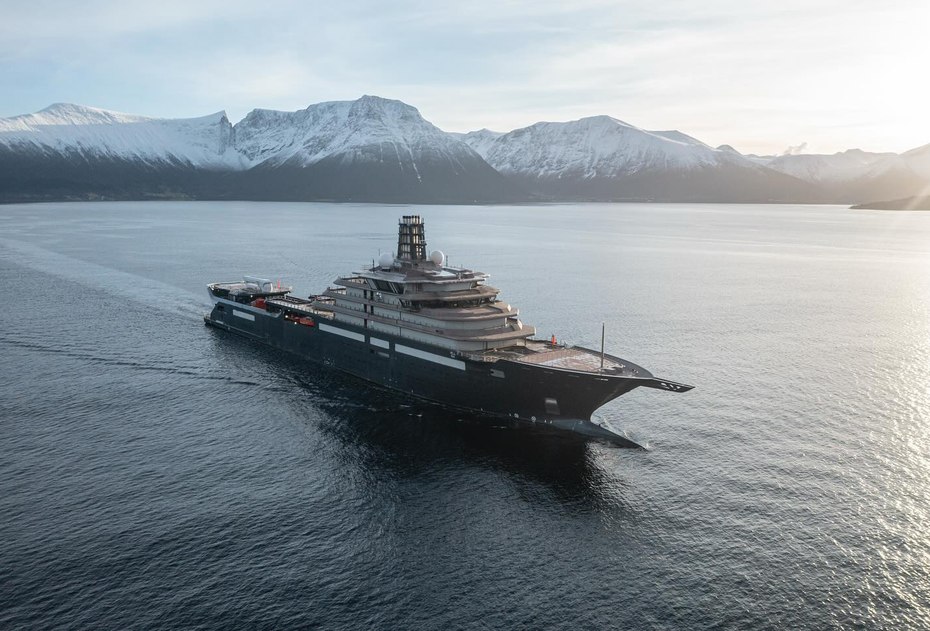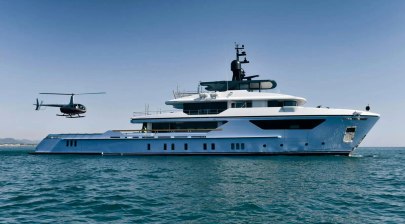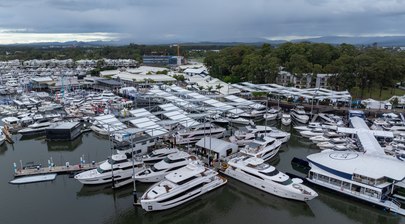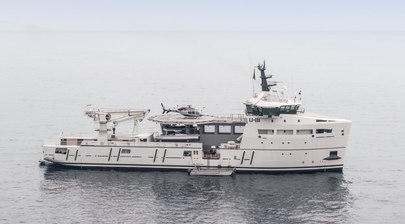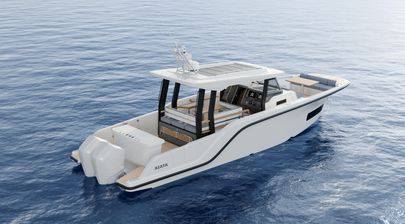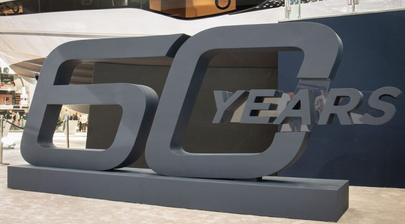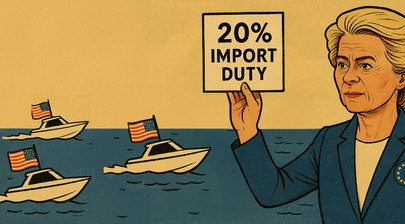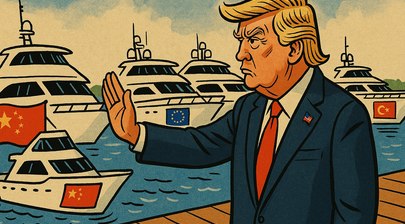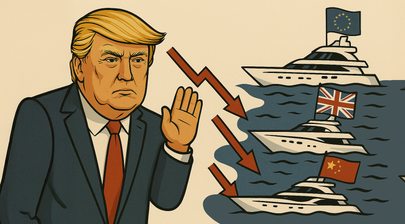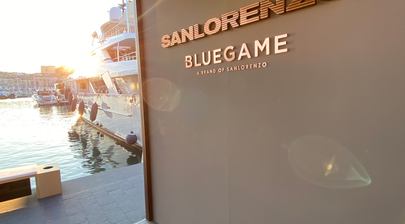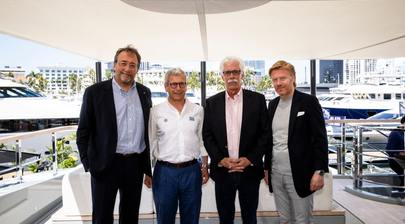The decision, confirmed on Tuesday, comes just days after U.S. President Donald Trump paused elevated tariffs on European imports for the same 90-day period.
While the EU had previously approved updated countermeasures - expanding on the original 2018 retaliation list against U.S. products - it has now opted to delay implementation for yachts and other recreational vessels until July 14. The proposed duties on boats had ranged from 10% to 25%, and were part of a broader €21 billion package of reciprocal tariffs responding to long-standing U.S. duties on EU steel and aluminum.
We want to give negotiations a chance...
European Commission President
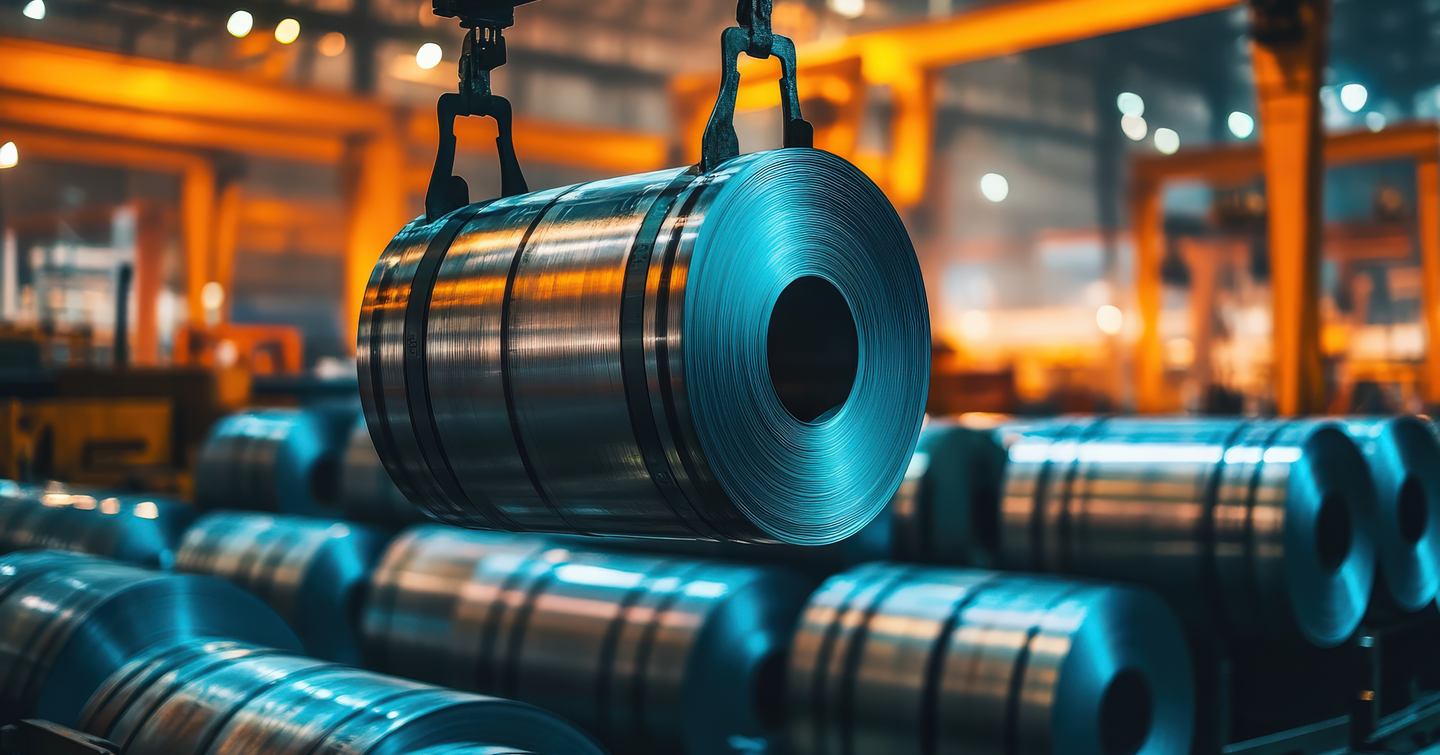
The news was welcomed by the National Marine Manufacturers Association (NMMA), which represents U.S. boat and marine engine manufacturers. The organization described the suspension as a “positive step toward resolving broader trade disputes” that have plagued the recreational marine sector since the original steel conflict in 2018.
European dealers and importers also stand to benefit in the short term. Several had reported delayed or canceled shipments of U.S.-built yachts, while others scrambled to push duty-paid inventory ahead of a potential tariff spike. The pause offers a brief window to stabilize prices and rebuild confidence - but concerns remain over the unpredictability of the broader tariff regime.
Broader Trade Context: Risk of Escalation Still Lingers
The timing of the EU’s suspension follows closely behind President Trump’s April 9 announcement of a 90-day tariff pause on imports from most of the U.S.’s major trading partners - excluding China. That same day, a wave of new reciprocal tariffs took effect against Japan, Vietnam, and the EU, until the surprise pause was issued just hours later.
Meanwhile, the situation with China has intensified dramatically. Trump has hiked tariffs on Chinese imports to 145%, prompting a retaliatory 125% tax on U.S. exports to China. The two economic giants appear locked in a full-blown trade war, with ripple effects threatening to disrupt global supply chains, investor confidence, and yacht manufacturing inputs such as raw materials and components.

Strategic Diplomacy, But Political Friction Builds
EU Trade Commissioner Maros Sefcovic recently met with U.S. officials in Washington D.C., as both sides try to cool transatlantic tensions. Yet the optics remain sensitive. The EU’s recent tariff list - though a response to Trump-era 2018 policies - was announced shortly after Trump’s latest olive branch. Critics worry the mixed signals could be misread in Washington and reignite tariff retaliation.
A Chinese state-backed editorial this week criticized the EU’s cooperative tone with the U.S., warning Brussels against being “used” to isolate Beijing economically. In this environment, even trade pauses carry geopolitical consequences.
What Comes Next?
The yacht industry now enters a 12-week window of breathing room. Importers and brokers will likely accelerate transactions involving U.S.-built boats to avoid future exposure. But unless a durable trade agreement is reached by mid-July, tariffs could snap back into place - or worsen - as part of a broader trade chessboard spanning the U.S., EU, and China.
For now, the message from both Brussels and Washington is: talk, don’t tax. But for yacht buyers, builders, and dealers, the waters remain choppy - and the forecast uncertain.
Looking for your dream luxury yacht? Explore our complete collection of superyachts for sale worldwide, tracked in real-time by YachtBuyer MarketWatch. We scan the entire market to ensure access to all genuine listings, saving you time. Alternatively, you can also view all other yachts for sale.
